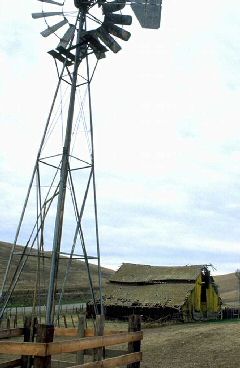
Long-established plow-based agricultural methods combined with the economic imperative to improve crop yields are rapidly depleting the Earth’s soil supply, says a University of Washington (UW) scientist. According to UW professor David Montgomery, plowing increases soil erosion to the point that it is not offset by soil creation.
Rather than plowing, Montgomery suggests “no-till” agriculture (where crop stubble is mixed with the top layer of soil using a method called disking) as being far more sustainable. “Soil loss through conventional agriculture is in a range of 10 to 100 times greater than the rate at which soil is created. No-till agriculture brings it into the ballpark, surprisingly close to being balanced with soil creation,” he said.
Montgomery is also the author of Dirt: The Erosion of Civilizations, which links the demise of history’s major civilizations to how long it took them to deplete their soil supply. In the case of civilizations past, when the soil wore out the people could move to other places and find rich enough soil to sustain them. But with the world population now exceeding 6.6 billion people, Montgomery argues that there are few, if any, places left where the soil can feed a large population for very long. “We are skinning our agricultural fields,” Montgomery warned. “But there are methods of farming, no-till in particular, that don’t have to lead to that result.”
No-till agriculture uses disking to turn only the top layer of soil and mix in organic matter. By stirring crop residue into the soil surface, no-till farming can gradually increase organic matter in soil, as much as tripling its carbon content in less than 15 years. Montogomery noted that as oil becomes more expensive and less available, it will be even more important to preserve soil fertility through methods such as no-till farming, which requires less fertilizer and many fewer passes with a tractor.
“Returning the organic matter to the soil stores carbon,” Montgomery said. “If all farms on the planet were converted to no-till, the range of estimates for sequestered carbon runs from 10 percent of current carbon emissions to about half. It’s probably closer to 10 percent, but even that would be a significant benefit,” he said. “It’s one of the few win-win options in trying to forestall the effects of climate change.”
Related articles:
Down On The Farm – Yields, Nutrients And Soil Quality
Going Gaga Over Gaia
DIY Terra Preta Soils Double As Carbon Sink
Increasing Soil Erosion Threatens World’s Food Supply










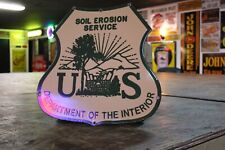


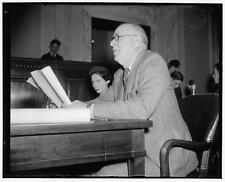
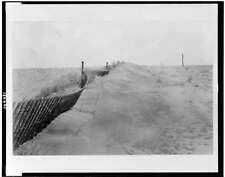

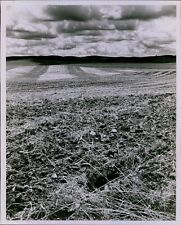
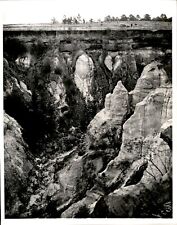
Comments are closed.